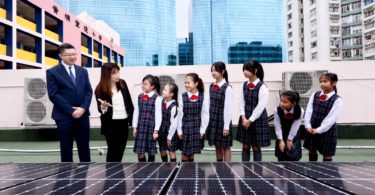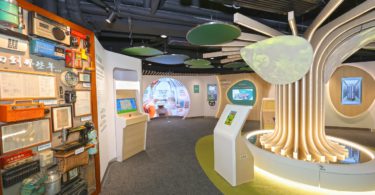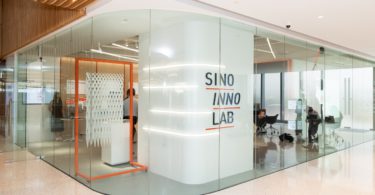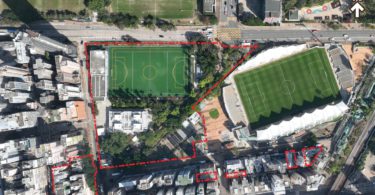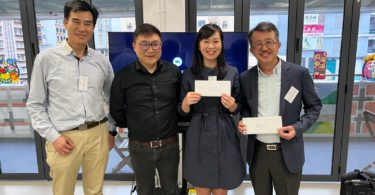Danish firm Henning Larsen is one of the three finalist teams to design the Shenzhen Bay Headquarters City in China. They will be collaborating with two Chinese consortiums, Shenzhen Cube Architecture and Swooding Architects, plus the Urban Planning & Design Institute of Shenzhen and Why Art Projects SL to design the 5.5 million square metres business district.
Located between Hong Kong and Guangzhou, often called China’s Silicon Valley, Shenzhen is home to a cohort of innovative tech giants such as Tencent, Huawei and ZTE. It is rapidly developing with numerous skyscrapers being built in the city, and with Shenzhen Bay Headquarters City as part of the area that boasts a population of 70 million people.
To establish Shenzhen as the Heart of The Greater Bay Area, connecting cities such as Hong Kong, Macau and Guangzhou, the masterplan aims to create a new waterfront that would become a leading innovation center in southeast China, and to attract companies to move their headquarters there.
The project will contain offices and three signature towers, along with conference facilities and cultural venues, the largest of which will be located on the waterfront.
“To create an attractive waterfront we brought commercial and cultural facilities meters away from the seashore, so citizens will finally be able to enjoy the atmosphere of Shenzhen Bay in an activated urban environment, like in Sydney, Singapore or Copenhagen,” said Claude Godefroy, design director of Henning Larsen’s Hong Kong office.
Henning Larsen envisioned a masterplan that shifts paradigms of Chinese urban planning and sets the standard for a green, sustainable and livable city of the future. The team also proposed a series of cultural venues at the top of the district’s tallest towers to create a “skyline of art”.
In lieu of the massive shopping malls traditionally sitting beneath the tall buildings, Henning Larsen proposes a porous urban fabric composed of smaller buildings sitting in between the towers. At eye level, this urban typology offers a human scale with narrow alleys and small piazzas. The design also aims to address the urban heat island effect.
“The success of this district depends largely on our capacity to reduce the heat in the public realm, especially when considering climate change,” Godefroy explains. “We know by experience that our initiatives can reduce the heat within the district by five to eight degrees compared to the surrounding city. The added comfort level will encourage citizens to use the public realm.”
The studio envisions the district as being car-free at street level, with vehicles placed underground in a series of tunnels connected to underground car parks.
“Most of the commuters’ cars will never surface in the district. This will change everything for the quality of the pedestrian experience and will be quite unique in China,” said Godefroy.
Underground shopping arcades, connected to sunken plazas, will also connect the buildings.
Henning Larsen took steps to update the design of the public realm and create a city plan that is relevant to the needs of future generations. These initiatives became additional “Cities” that were added to the masterplan: Nature City, Shared City, Smart City, Knowledge City, Art City and Leisure City. — Construction+ Online




